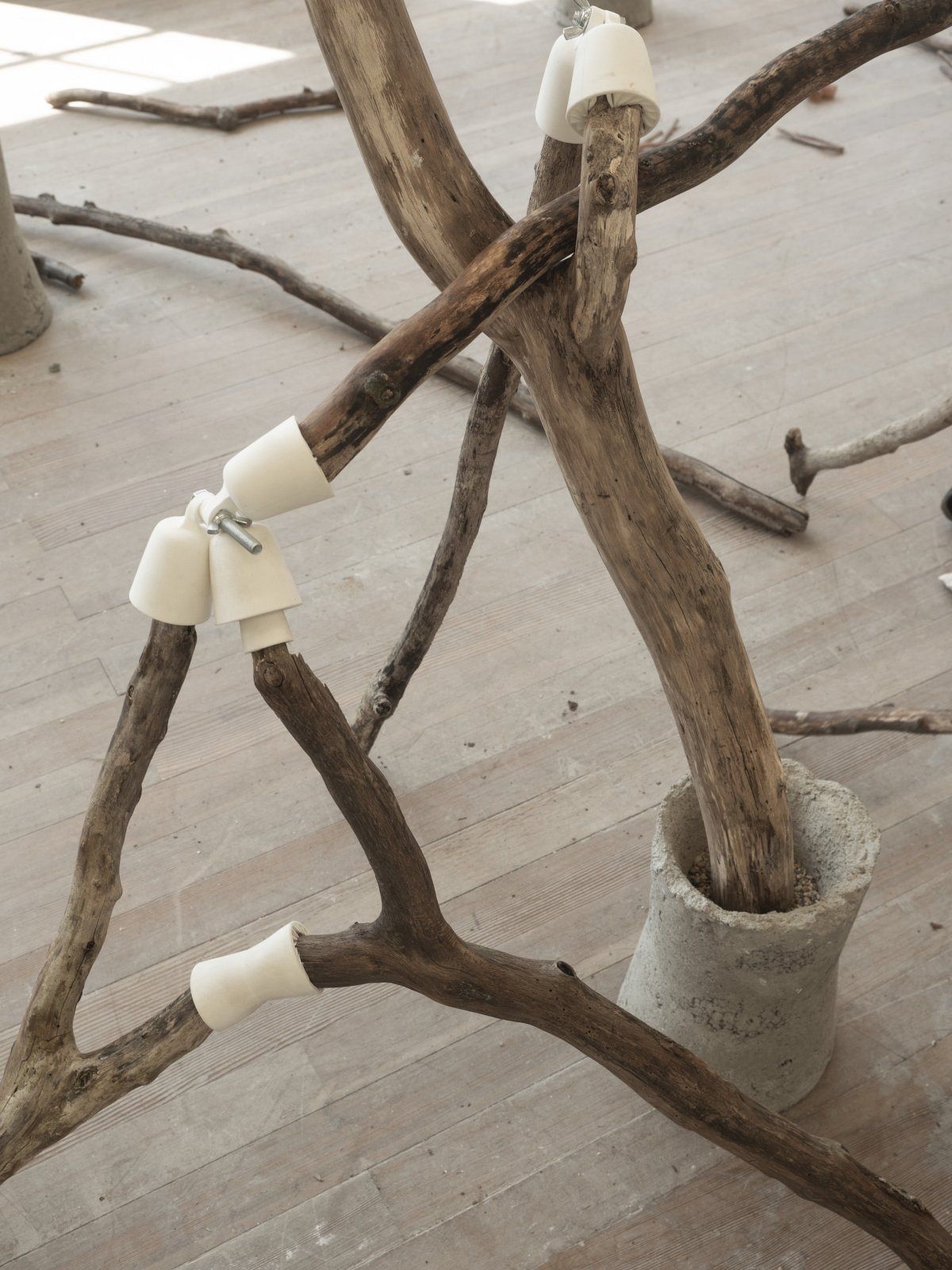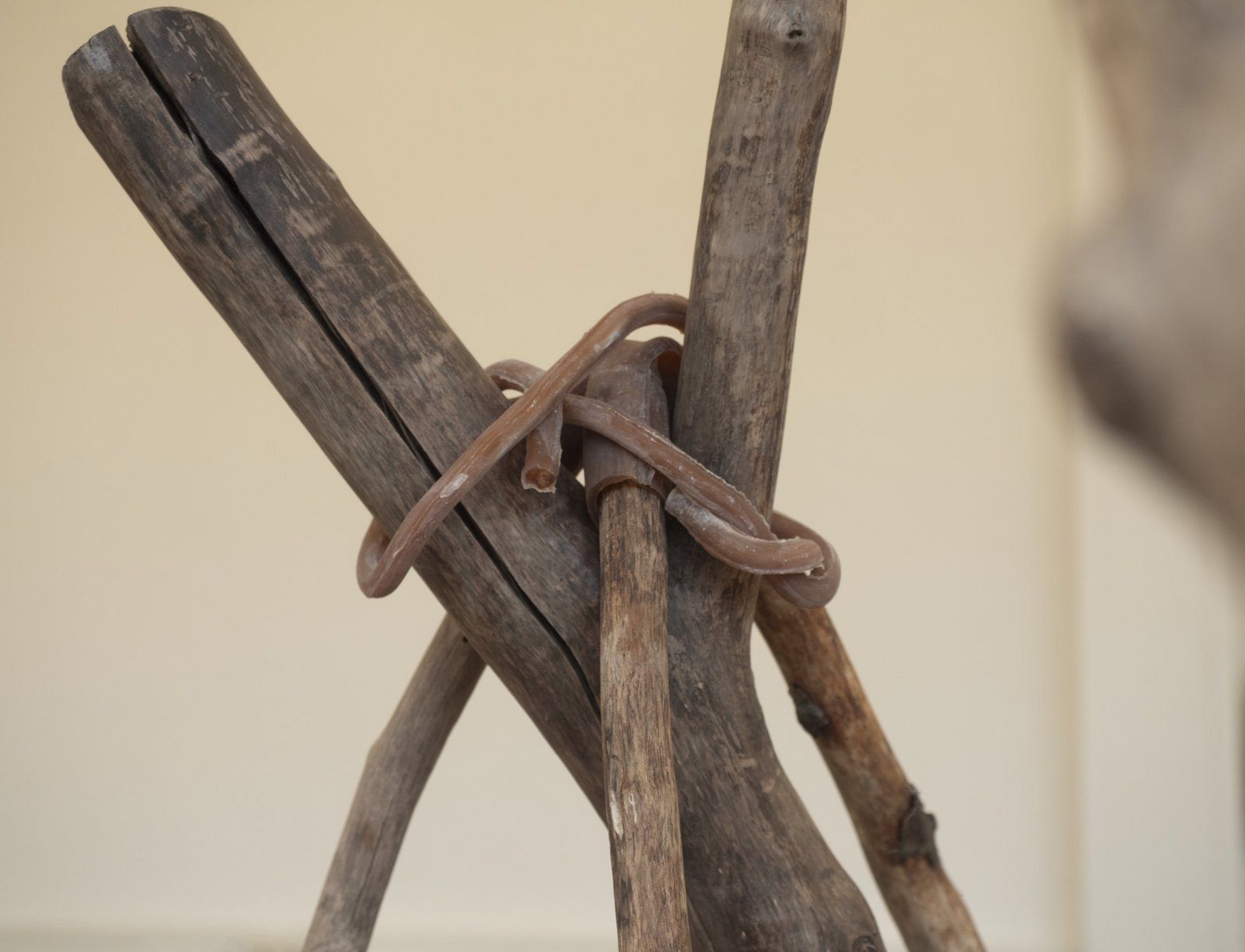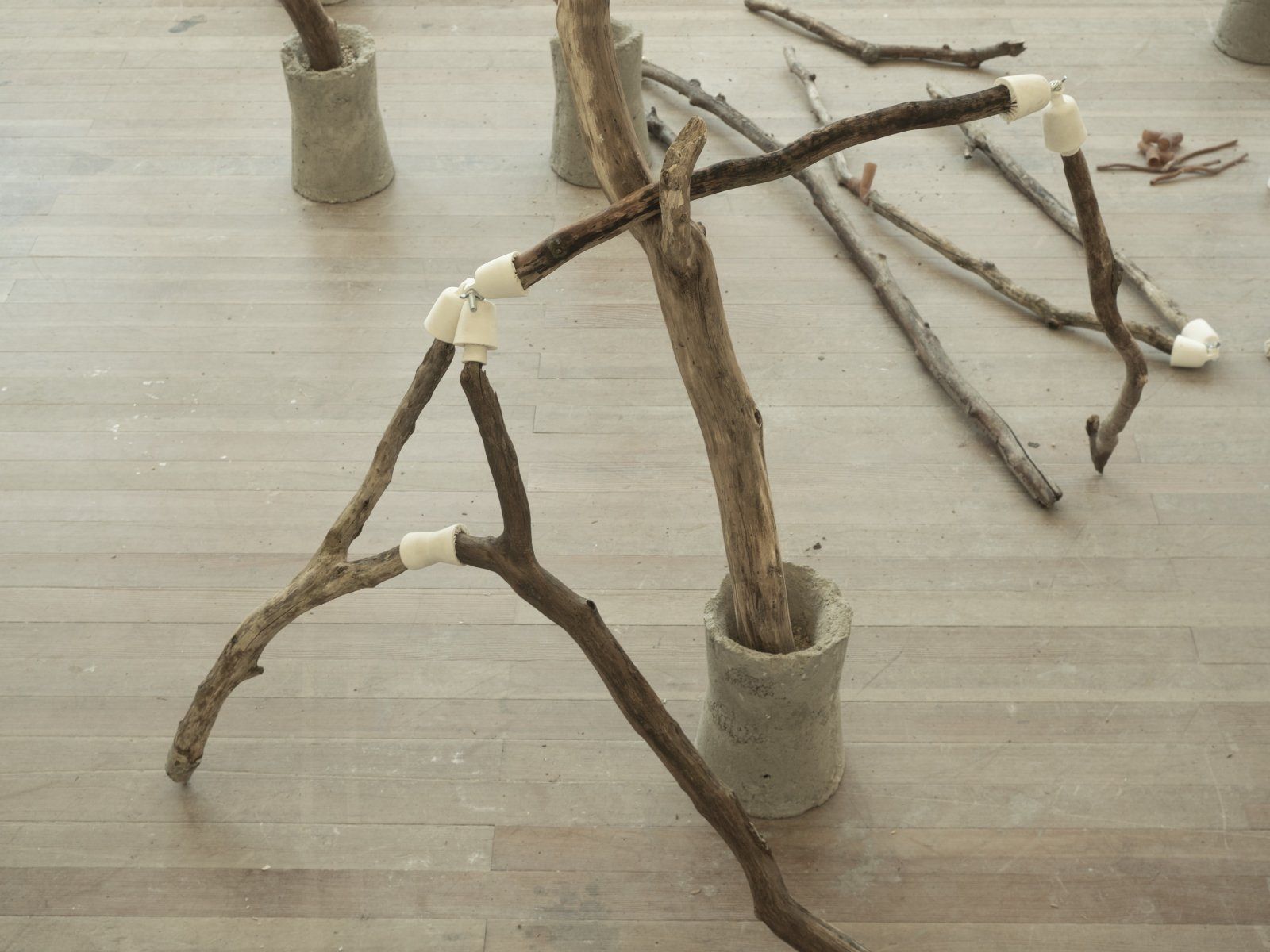
Jesse Greulich
Keywords: Object, Education, Toolsforplay
mail@jessegreulich.com
jessegreulich.com/
www.instagram.com/jesse.rebekah/
We live in a time where nature and humanity are balanced in a fragile coexistence. I believe that in this time of flux we can reimagine society by rethinking existing knowledge and thus be inspired by it. Research-oriented, guided by a social conscience with the motivation for impact is what drives my practice as a designer. My projects are based on the design of educational experiences and tools for these experiences in relation to nature and what we can learn from our surroundings.
BIKA
Graduation Project
“Everything real was imagined first.” ~ The Velveteen Rabbit
Play is a wonderful interaction of environment, imagination, and creative self-expression and BiKA offers an opportunity to connect these more freely than ever, literally.
“Everything imagined can be made more real with BiKA.” Jesse Rebekah
Freely making, building, and shaping as part of intuitive play is essential for developing creativity, fine motor skills, and confidence, and doing it with BiKA adds to the adventure.
Like all real adventures, using BiKA to explore, discover, experiment, and create, adds to the experience of fun and freedom. BiKA is a collection of unique connection pieces, which allow for the construction of imaginative objects, beyond those just found in a box or made of plastic or metal. BiKA connectors differ in material, function, and tactility and provide the opportunity to use natural and artificial environments as part of the creative process.
The set was created in collaboration with 24 children in the age range of 9 to 12 over the course of three interactive workshops. The learnings and outcomes of these workshops had a significant impact and influence on how BiKA evolved and developed. The Workshops were a tool to create reciprocal conversations through making, playing, and discovering together.
How does it work? The BiKA set contains the main ‘grabit’ pieces, currently 3D printed in TPU. These pieces allow you to string them up on a bolt, adjust the angle as you please, and secure them in place. Then you have the simple double-sided connector and infill pieces which are used to adjust the sizes of pieces, adapting to the object you would like to connect. Next, you have the Y-shapes eco-latex tubes, which snap on any intended object. These are flexible connections. Finally, you have the ‘bendy rods’, which are eco-latex pieces with a wire inside. They have the same diameter as the main ‘grabits’, allowing them to be used as a different form of connection.
BiKA is an opportunity to create!



THE EMPOWERMENT TOOLBOX
Thesis
Education is a constantly evolving system of interdisciplinary minds coming together to deliver a sustainable solution of how to create the best possible process for students. The result is the student becoming a piece of the construct we call society. Key principles of this educational discourse, upon which a school system is built and cultivated, are provided by the cultural, political and socio-economic fabric and evolutionary stage of a country. The educational debate has to be on-going, reflective and coherent, trying to keep up with developments in the world, which now finds itself in the ‘fourth industrial revolution’. Yet what about the village school in Austria, which has had the same teaching methodology, the same learning tools and potentially the same teachers for the past 25 years? How do we encourage and empower those students to take charge of their education? How do we correct this mismatch in the system between new, educational ideals and old-fashioned implementation?
The Empowerment Toolbox is a methodological thinking routine based on design, as a plug-in for already existing systems. The usage of this approach needs to be self-explanatory and easily transferable for the people on the ground who are applying it. The origin of the Toolbox comes from education having been in an ideological shift, yet in many places essentially staying the same. Through research, discussions and personal experience, learning happens at its best when the learners feel empowered.
The Empowerment Toolbox for learners and educators, offers a solution to bridging the gap in education. It is symbolic and practical in its conception, application and the message it sends about how something so simple can guide the minds and spirit of future generations and what they can accomplish when truly empowered to do so.